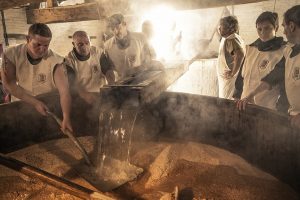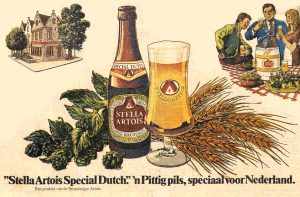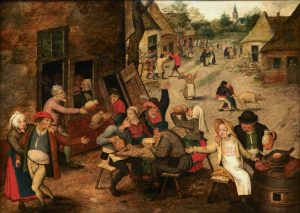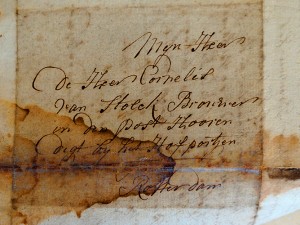Thanks to the magic lantern: lambic is (slightly) older than we thought
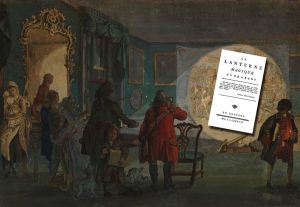 It will happen someday: my book on the history of Belgian beers. Already I’m working on a timeline, not unlike the one featured in my book on lost Dutch beers, published in 2017: an overview of which beer types existed from when, and in many cases, when they disappeared. Therefore, I keep on looking for the earliest (and latest) mentions of certain beers. Since when have we known white beer, grisette, Flemish old brown and saison? That’s why I was happy as a pig in muck last week, when I found a new starting date for one of my favourite beer types: lambic. And it has everything to do with a magic lantern.
It will happen someday: my book on the history of Belgian beers. Already I’m working on a timeline, not unlike the one featured in my book on lost Dutch beers, published in 2017: an overview of which beer types existed from when, and in many cases, when they disappeared. Therefore, I keep on looking for the earliest (and latest) mentions of certain beers. Since when have we known white beer, grisette, Flemish old brown and saison? That’s why I was happy as a pig in muck last week, when I found a new starting date for one of my favourite beer types: lambic. And it has everything to do with a magic lantern.




